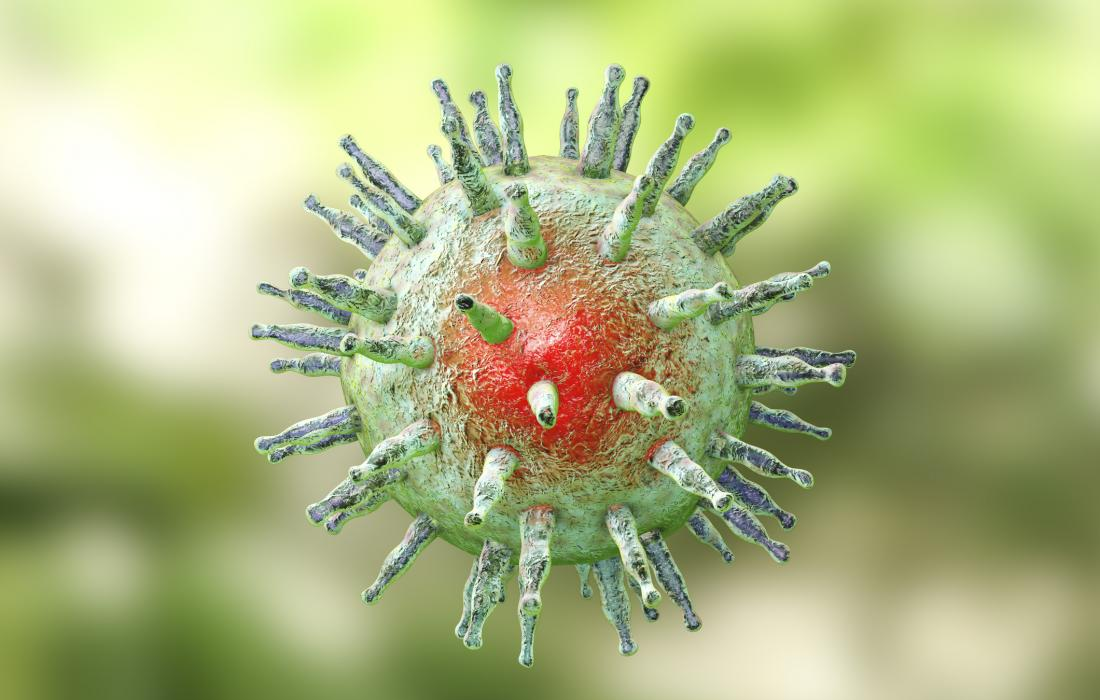Migraine headache is a complex, recurrent headache disorder that is one of the most common complaints in medicine. In the United States, more than 30 million people have 1 or more migraine headaches per year. Migraine was previously considered to be a vascular phenomenon that resulted from intracranial vasoconstriction followed by rebound vasodilation. Currently, however, […]
Monthly Archives: September 2022
Herpes simplex virus (HSV) types 1 and 2 are widespread and important human pathogens, causing oral and genital ulcers, neonatal herpes, and increasing the risk of acquiring HIV. After primary infection at the skin or mucosa, HSV establishes lifelong latency in both sensory and autonomic neurons of the peripheral nervous system. HSV can subsequently reactivate […]
According to the American Psychiatric Association, anxiety disorders are the most common type of psychiatric disorders.Many patients with anxiety disorders experience physical symptoms related to anxiety and subsequently visit their primary care providers. The lifetime prevalence of anxiety disorders among American adults is 28.8%. Anxiety disorders appear to be caused by an interaction of biopsychosocial […]
Amyotrophic lateral sclerosis (ALS) involves progressive motor neuron loss, leading to paralysis and death typically within 3–5 years of diagnosis. Dysfunctional astrocytes may contribute to disease and glial cell line-derived neurotrophic factor (GDNF) can be protective. GDNF is a potent growth factor for dopamine and motor neurons; however, it cannot cross the blood–brain barrier. New […]
Hair loss (Alopecia ) occurs in more than 60% of men and in approximately 10% of women. Although a lack of scalp hair can potentially increase the risk of actinic damage and skin cancer, male and female pattern baldness are conditions that are, with few exceptions, treated electively. For millions of individuals, hair loss is […]
Psoriasis is a complex, chronic, multifactorial, inflammatory disease that involves hyperproliferation of the keratinocytes in the epidermis, with an increase in the epidermal cell turnover rate, and infiltrating immune cells that leads to secretion of various cytokines and chemokines including IL-17, IL-21, IL-22, IL-6, IL-1β, TNFα and CXCL1/3/5, which initiate a pro-inflammatory systemic response. Environmental, […]
Dementia is considered a major neurocognitive disorder, in which a deficit in cognitive functioning is acquired rather than developmental. Dementia is most common in elderly individuals, with advancing age being the strongest risk factor. There are many types of this condition such as Alzheimer Dementia (AD) and Vascular Dementia (VD) , among others of all-cause […]
Osteoarthritis is the most common type of joint disease, affecting more than 30 million individuals in the United States alone. It can be thought of as primarily a degenerative disorder with inflammatory components arising from the biochemical breakdown of articular (hyaline) cartilage in the synovial joints. Osteoarthritis predominantly involves the weight-bearing joints, including the knees, […]
A recently published WHO report revealed that noncommunicable diseases (NCDs), such as cardio- and cerebral diseases, cancers, endocrine/metabolic diseases, including type 2 diabetes and obesity, account for 38 million deaths worldwide. Moreover the WHO predicts an increase in mortality caused by NCDs to 52 million in 2030. Fast progress of those impairments is mostly associated […]
The Food and Agriculture Organization of the United Nations (FAO) and the World Health Organization (WHO) describe carbohydrates as a major source of energy provided in the human diet, accounting for between 40 and 80% of the total energy requirements. On the other hand, there is a growing concern about the global rise in diet-related […]










